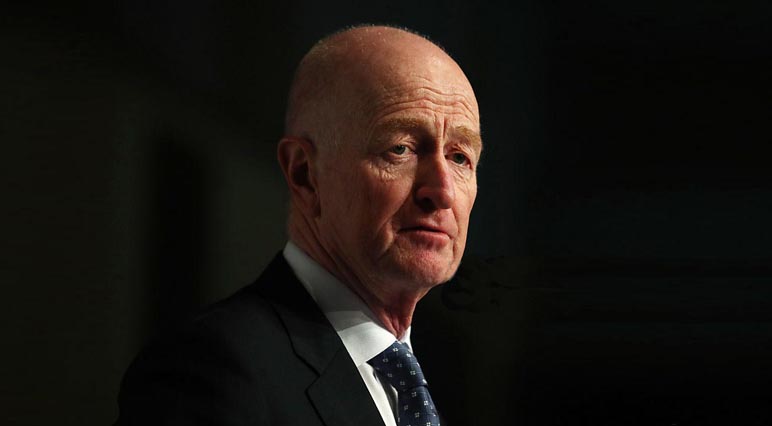August 02, 2016

Why rate cut was a risky move
The RBA cut interest rates to a record low today. Was that smart? Or is asking that question missing a bigger point?
Imagine, if you will, RBA Governor Glenn Stevens as the hero of a science fiction movie. In the final scenes he is flying his spaceship through a maelstrom of asteroids and enemy fire. He has just one last chance to pilot his ship through a tiny gap and escape into open space, saving the day.
That’s a good metaphor for today’s Reserve Bank decision to cut interest rates to a record low of 1.5 per cent. The decision was an extremely difficult one.
On one side, closing in, you had the giant killer asteroid that is Australia’s housing prices. Fly too close by cutting rates too hard and you’re going to risk an even bigger eventual crash and a bigger explosion.
On the other side you have the laser blasts of record low inflation (just 1 per cent) and a weak labour market. If you don’t cut rates enough, the economy will receive a blast in the engines and never get up enough speed to escape the danger zone.
The RBA board, led by the Governor, chose to risk a close shave with the house prices asteroid. Here’s an excerpt from the official statement:
“Growth in lending for housing purposes has slowed a little this year… the likelihood of lower interest rates exacerbating risks in the housing market has diminished.”
 Another rate cut now might just inflate house prices, causing a bigger crash in the long term.
Another rate cut now might just inflate house prices, causing a bigger crash in the long term.
Like so many characters in the movies, the governor is about to retire. After spending his whole working life at the Reserve Bank, his last day is in September. Is his movie going to have a glorious victory for an ending?
Lowering interest rates is supposed to make the economy grow faster. In theory, it works in three ways:
1. Make it cheap for business to borrow money to invest in new shops and factories;
2. Lower interest rates on deposits so consumers spend more instead of saving; and
3. Lowering the exchange rate so importing is harder and exporting is easier.
Recently, reality has found theory isn’t working too well. Interest rates have dropped hugely and not much business investment or consumer spending has happened in response.
As for the dollar, it is responding to interest rates — but mostly US interest rates. Our dollar is stuck around $US0.75 and will barely budged on today’s rate cut.
Our heroic pilot is flying to the best of his ability but maybe out of luck. The gap in front of him is maybe impossible to get through. Not without help from some exterior force.
Where can that force come from?
Perhaps the true villain of this movie is the powerful people who decided the entire job of saving the world should be left up to just one person. They control a force that could help him, but they didn’t use it. The RBA can only do monetary policy — fiddling with interest rates to try to make the economy tick. When the government leaves the job of macroeconomic management to monetary policy it is not going to win the war. Rather than relying so much on an increasingly ineffective central Bank, the Federal Government should probably be far more active in its economic management.
Use the Fiscal Force
When inflation is low, interest rates are low and underemployment is rising, a smart government would try to spend more.
Yes, Australia has a long-term budget problem where we need to look at managing the costs of an ageing population. But we also have a pressing economic activity problem here and now. An agile government does not try to fight the future problem by ignoring the current one.
Economic growth is cumulative, so we can help solve our long-term budget problem by spurring economic growth now. The simplest way to get the economy growing is probably to borrow a lot of the world’s very cheap money and build infrastructure.
Nobody who has tried to squeeze onto a peak-hour train thinks Australia has all the infrastructure it needs. Anyone who has compared our broadband speeds to the rest of the world can think of ways to invest too. The opportunities for good infrastructure spending are huge. Taking on debt to fund productive investments can boost the economy both now and later.
Economic reform is necessary too. Cutting company tax is not the answer, so the government should work harder to find a growth-booster that is effective and politically acceptable. Stamp duties, school funding and congestion-busting are all good places to look.
In real life, we don’t have to wait years to get a sequel. When Reserve Bank governor Stevens retires in September, the next scene starts. He will be replaced by his deputy Philip Lowe.
That would be a good moment for Treasurer Scott Morrison to decide he is going to co-star in the next sequence and try to steer us out of this mess we are in.
This story first appeared on News Limited 4:29pm August 2, 2016.
